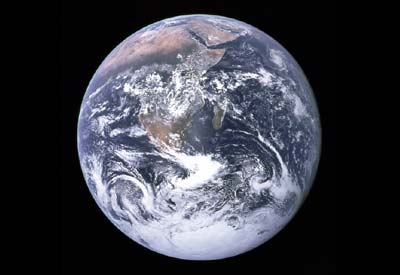Humans for humans’ sakeby Michael Huang
|
| The mass media usually does not bother to distinguish between science and engineering, leading to terms like “rocket science” rather than the more accurate “aerospace engineering”. |
Something else that could be included is the issue of time. The target date for the next human on the Moon is 2020. The last humans on the Moon were in 1972, meaning that there is almost a gap of 50 years—half a century—between these voyages. To put that into perspective, the Space Age, from the launch of Sputnik to today, is almost 50 years old. The entire Cold War, from the end of World War 2 to the disintegration of the Soviet Union, took less than 50 years. Even those anti-human-spaceflight writers who call on us to “abandon human spaceflight until some time passes and space technology automatically improves itself” might be persuaded by a 50-year wait. The generational gap between the last lunar voyage in the late 20th century and the next one in the early 21st century deserves more attention.
Another idea is to give engineering more visibility, and to explain the difference between science and engineering. The purpose of this is not to take from science its deserved importance and visibility, but to give some to its underappreciated relative. When NASA scientists won the Nobel Prize recently, there was undoubtedly some snide commentary from the anti-astronaut peanut gallery that no human spaceflight project could ever match this accomplishment. However, human spaceflight is primarily about engineering, and there are no Nobel Prizes for achievements in engineering. The mass media usually does not bother to distinguish between science and engineering, leading to terms like “rocket science” rather than the more accurate “aerospace engineering”. This makes a headline like “Scientists criticize human spaceflight” appear as if scientists (rocket scientists?) are criticizing one of their own projects—very damning—instead of scientists criticizing a “foreign” project run by aerospace engineers. Essentially, science is about looking at the universe and nature as it is, figuring out how it all works, and contributing to the knowledge of humankind; engineering is about changing the universe to suit us, inventing and building things to benefit humankind. The two are related, but they are different. And the universe is big enough for the both of them.
Finally, the question of “Why the Moon?” could be answered by asking a similar question, “Why the Earth?” Humankind once had to make a decision on whether to stay in Africa, its familiar home continent, or colonize the rest of the planet. The settlement of Earth—the vast distances, the extremes of temperature and environment—arguably presented as much of a challenge back then for our ancestors as the space environment sets for us. So why did they colonize the Earth?
The slogan “art for art’s sake” is sometimes used by the art community to say that art should not be a means to something else, but should be an end in itself. In other words, art should not be the middleman, but should be the end result. The same philosophy should apply to humans in space. Humans should not be secondary to some other objective; they are the primary goal. The reason that our ancestors colonized the Earth was to have human beings all over the planet. The reason to continue human spaceflight is to have human beings throughout the solar system—humans for humans’ sake.
